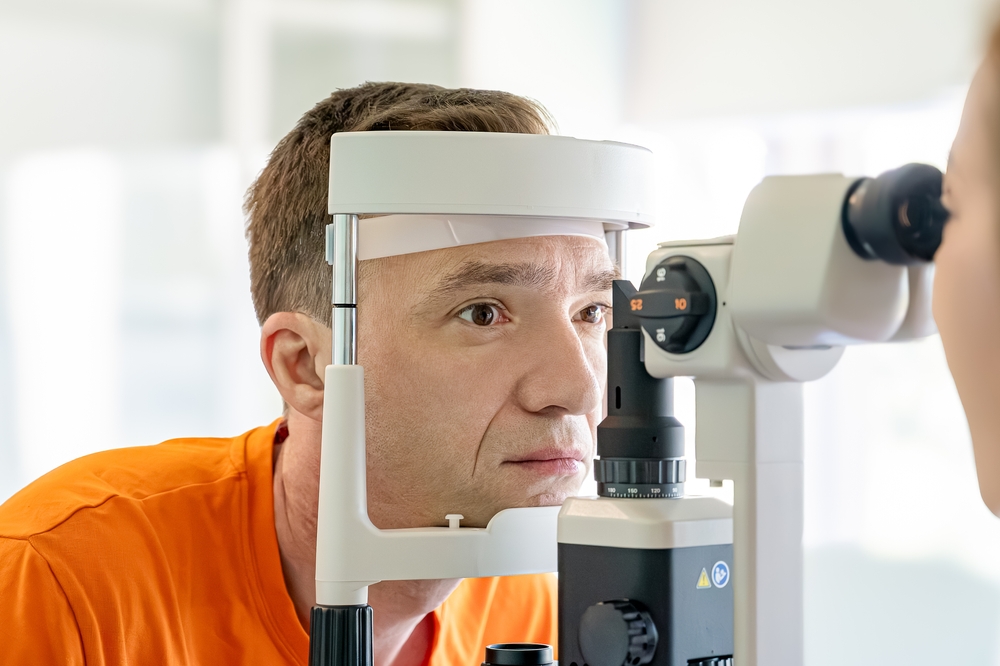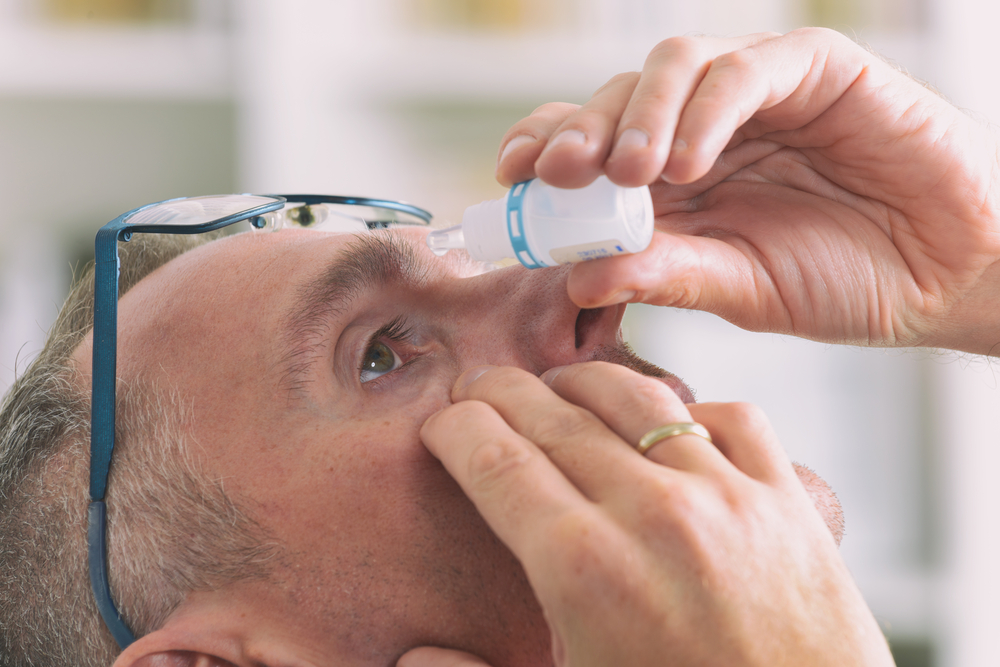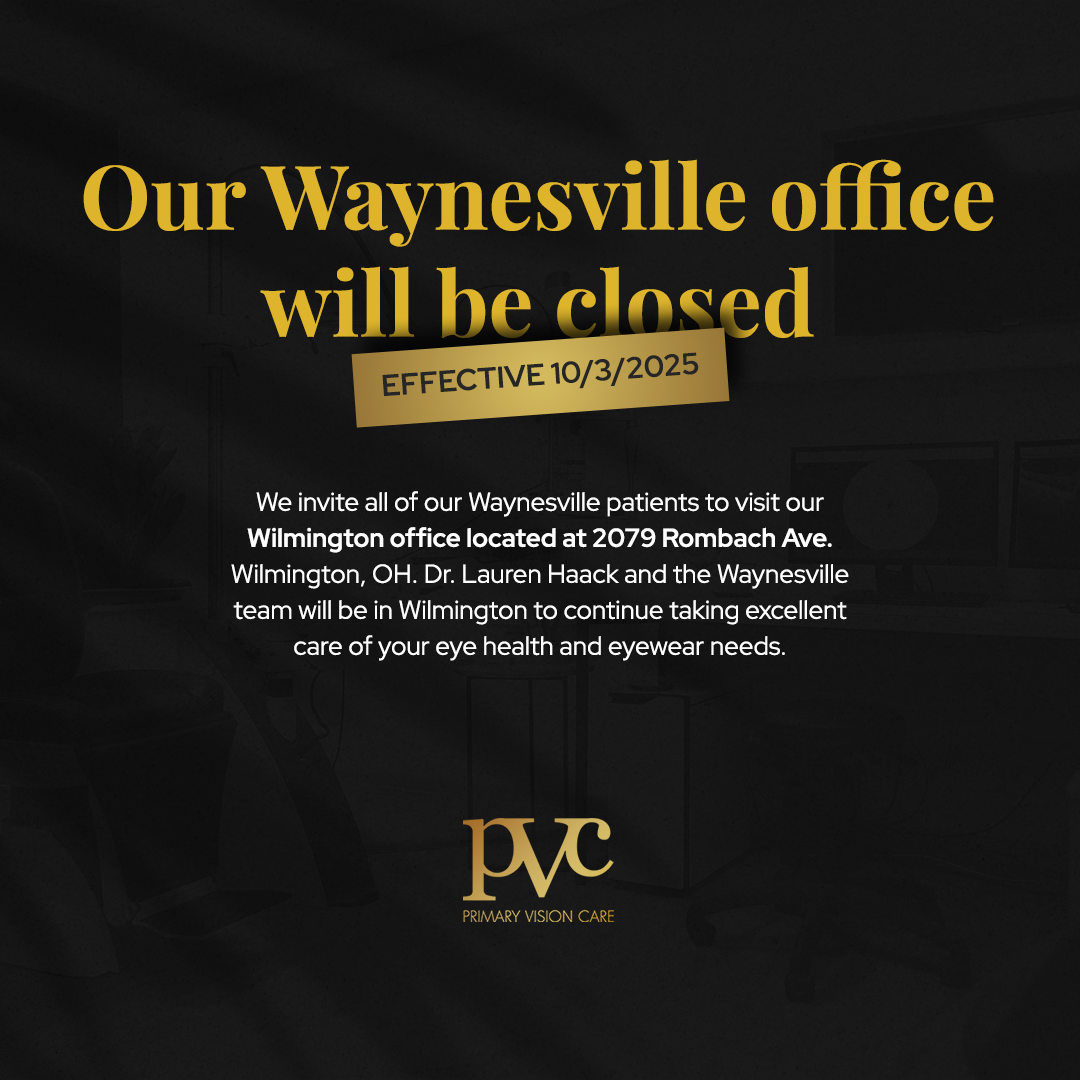Blog List
Learn more about Optometry in our blog!

When it comes to achieving clear, comfortable vision with contact lenses, your prescription plays a crucial role. At Primary Vision Care, we take the time to ensure your lenses match your eyes’ unique needs through a detailed contact lens exam and fitting. Understanding how your prescription impacts your lens options can help you make more informed decisions about your vision care.

Glaucoma is one of the leading causes of irreversible blindness worldwide, yet many people are unaware they have it until significant vision loss has already occurred. This eye disease develops gradually and often without noticeable symptoms in its early stages, which is why regular eye exams play a vital role in early detection and treatment.

Your eyes are constantly changing, and with each stage of life comes new challenges and risks to your vision. Knowing what to watch for at different ages can help you protect your eyesight and maintain healthy vision for years to come. Annual comprehensive eye exams play a vital role in early detection, prevention, and treatment of many eye conditions before symptoms become noticeable.

Your eyeglasses are a tool for clear, comfortable vision and everyday confidence. Over time, however, your glasses or lenses may no longer serve you as well as they should. Knowing when it’s time to replace them can help protect your eye health, ensure you’re seeing clearly, and even prevent unnecessary strain.

Dry eye is a common and often uncomfortable eye condition that affects millions of people every year. But did you know that your risk of developing dry eye increases as you get older? At Primary Vision Care, we’re committed to helping you understand why this happens, how aging plays a role, and what you can do to maintain healthy, comfortable eyes at every stage of life.

Macular degeneration is one of the leading causes of vision loss, especially in older adults. While it can progress slowly and without symptoms in its early stages, regular eye exams play a crucial role in detecting the condition early and preserving vision. At Primary Vision Care, we’re committed to helping you stay ahead of eye health issues.

Maintaining healthy vision goes beyond just wearing the right glasses or contacts. What you eat plays a critical role in protecting your eyes and preserving your sight as you age. Certain nutrients have been shown to support eye health, reduce the risk of eye diseases, and help your vision stay sharp.

Macular degeneration is a common eye condition that primarily affects adults over the age of 50. It targets the macula, the part of the retina responsible for sharp central vision. Understanding how quickly this can happen and why regular eye exams are essential can help preserve your vision.

Glaucoma is one of the leading causes of vision loss, especially among older adults. Here in Ohio, we see many patients who are managing this condition and are concerned about what they can do to protect their sight. While glaucoma is a serious disease, early detection and proper treatment can make a significant difference. At Primary Vision Care, we’re here to help you navigate your options and preserve your vision for as long as possible.

Dry Eye Syndrome (DES) is a common condition that affects millions of people worldwide, causing discomfort, vision problems, and even impacting daily activities. While many may dismiss dry eyes as a minor irritation, it’s essential to understand its causes, as proper diagnosis and treatment can significantly improve your quality of life.










